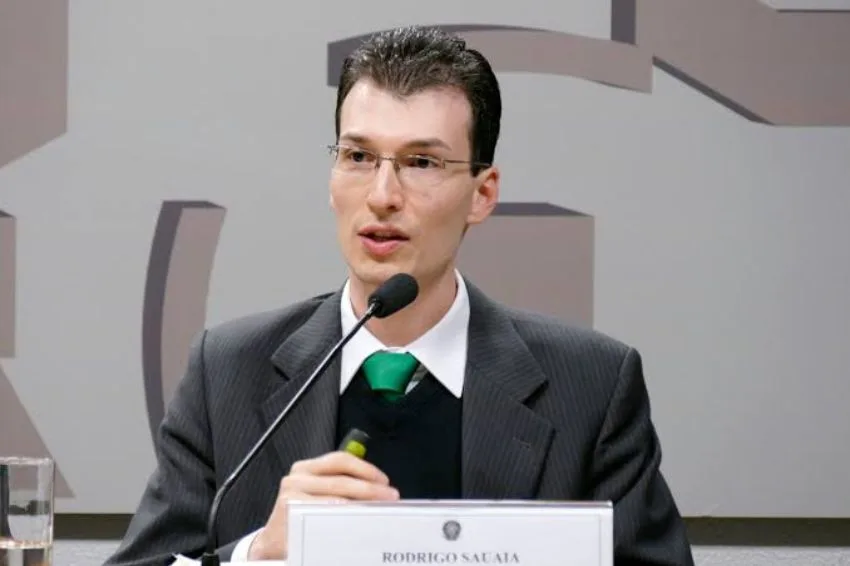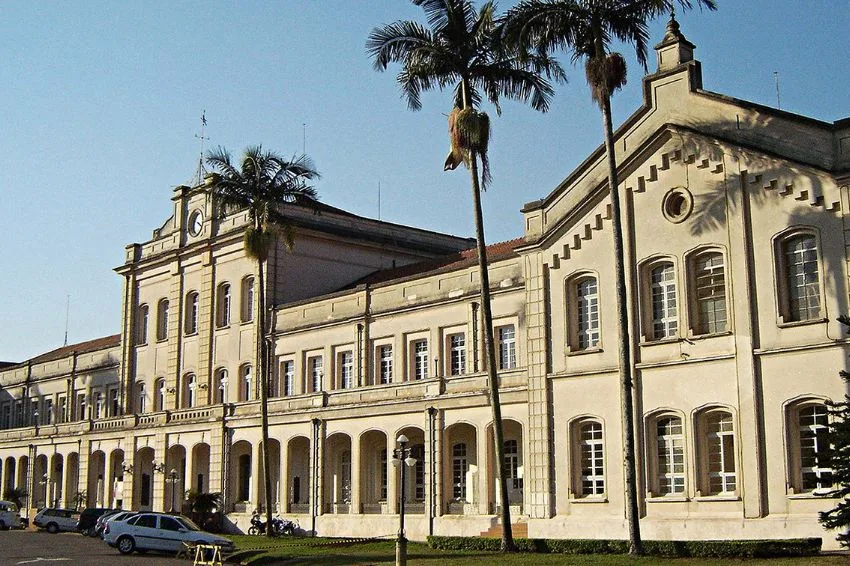Did you know that Brazil is the world leader in records of atmospheric discharges, with an average of 80 million events per year? The probability of someone being struck by lightning is very low, less than 1 in 1 million. However, if the person is in an open area, under a strong storm, this probability can increase by up to a thousand times (reaching 1 in a thousand).
In São Paulo, for example, the number of atmospheric discharges has been increasing. 44,800 discharges were recorded last year, compared to 28,000 in 2018 – an increase of 60%, according to Inpe (National Institute for Space Research).
But when we talk about photovoltaic systems, how is the incidence of lightning related? Installing a solar system goes much further, for example, than just sizing the number of modules and inverters in order to produce the amount of energy necessary to offset the consumption of the electricity bill. Like any other electrical installation, some care must be taken to protect equipment and people who frequent the location, minimizing or even eliminating any risks linked to electricity. This is where the importance of DPS (Surge Protection Device).
The use of DPS in photovoltaic systems aims to prevent direct or indirect atmospheric discharge from causing harmful effects on the installation.
For complete protection of the equipment, there must be at least one SPD between the photovoltaic array and the inverter and at least one SPD between the inverter and the electrical grid. This topology protects the inverter both from discharges in the photovoltaic array and overvoltages arising from the network external to the installation.
“The use of DPS, in addition to being mandatory by the standard, is very smart because it is a low-cost component – a good quality DPS costs around R$ 200 to R$ 300, at most. Thinking about ease, we know that there are some inverters that have internal DPS.
In these cases, it must be assessed whether the internal DPS has the appropriate level of protection for the situation to be faced. It is always preferable to also have the option of a replaceable DPS, in case the inverter burns out”, explains Mateus Vinturini, specialist in photovoltaic systems at Canal Solar.
Vinturini also says that the use of DPS in Brazil is not taken very seriously, a situation that should not happen, as this is the cause of several burned equipment. “It doesn’t make sense to save money and take that risk.
If I save money, I will run the risk of having an atmospheric discharge that will damage my inverter. The savings in not using DPS do not make sense given the time and cost, especially the time, of finding another inverter or taking it for replacement”, he concluded.
Market
There are already DPS devices suitable for photovoltaic systems, compatible with their typical operating voltages and with electrical terminals for connecting the two poles on the same device.
Therefore, among the DPS available on the market, the German company Weidmuller has a line that stands out in the sector.
“We have a line of high quality and reliable DPS in the power systems category, meeting all standards. For solar applications, we have 1 kV and 1.5 kV versions that have features such as pluggable and replaceable protectors, with quick exchange action without the need to disconnect the wires at the base; indication of the burning status, with easy visualization of the green or red color on the DPS itself; contacts for communication, with remote supervision of the DPS situation; and new devices with class I+II, ensuring better security for equipment and installations”, explains Wagner Ogura, Energy Market Manager at Weidmuller.
Ogura also emphasizes the importance of using DPS, as Brazil is a country with a high incidence of lightning throughout the year.
“Solar plants, whether large, medium or small, are susceptible to being affected by voltage surges that end up damaging the entire system installation. With this in mind, Weidmuller has been bringing security to its applications, whether in solar photovoltaic applications or in other electrical installations with its own manufactured DPS”.















